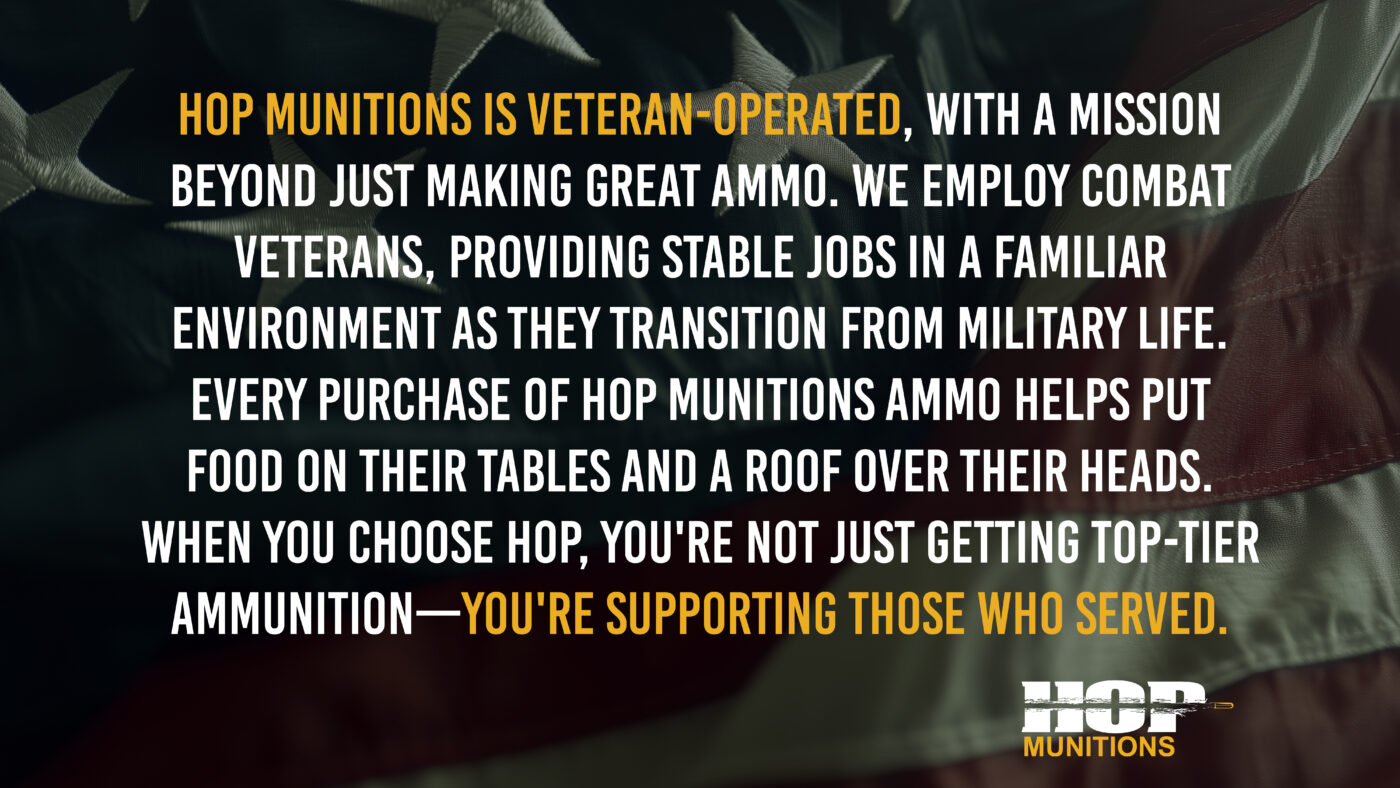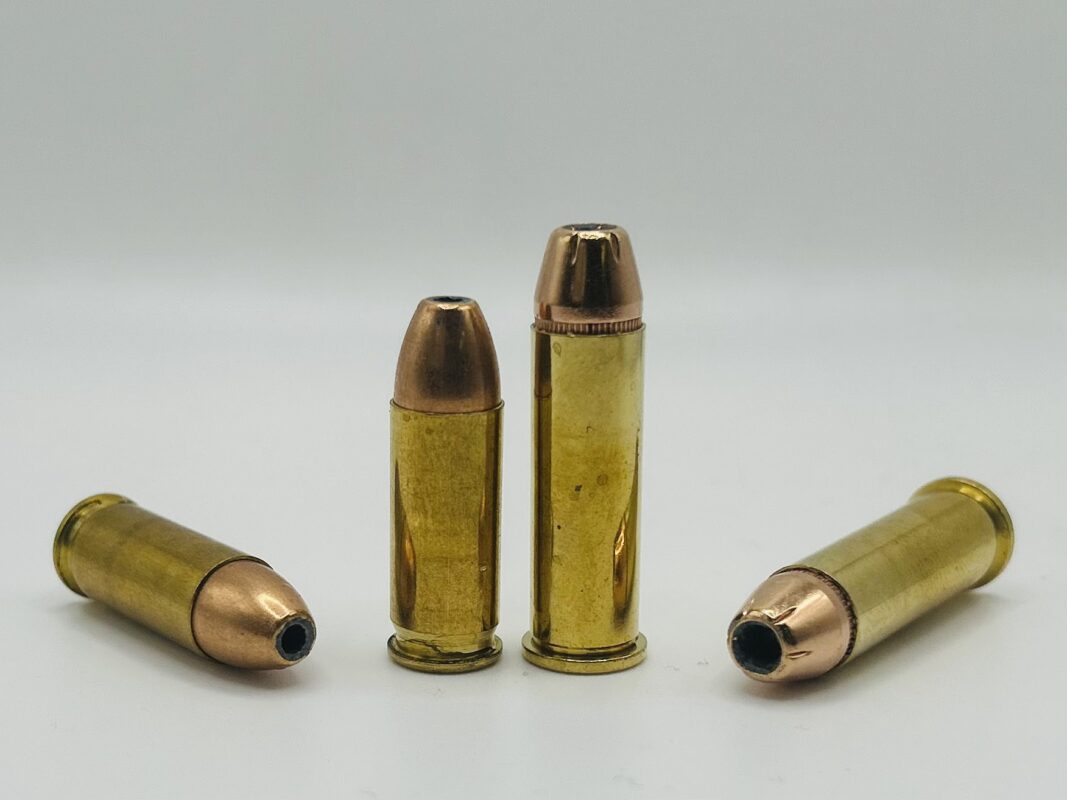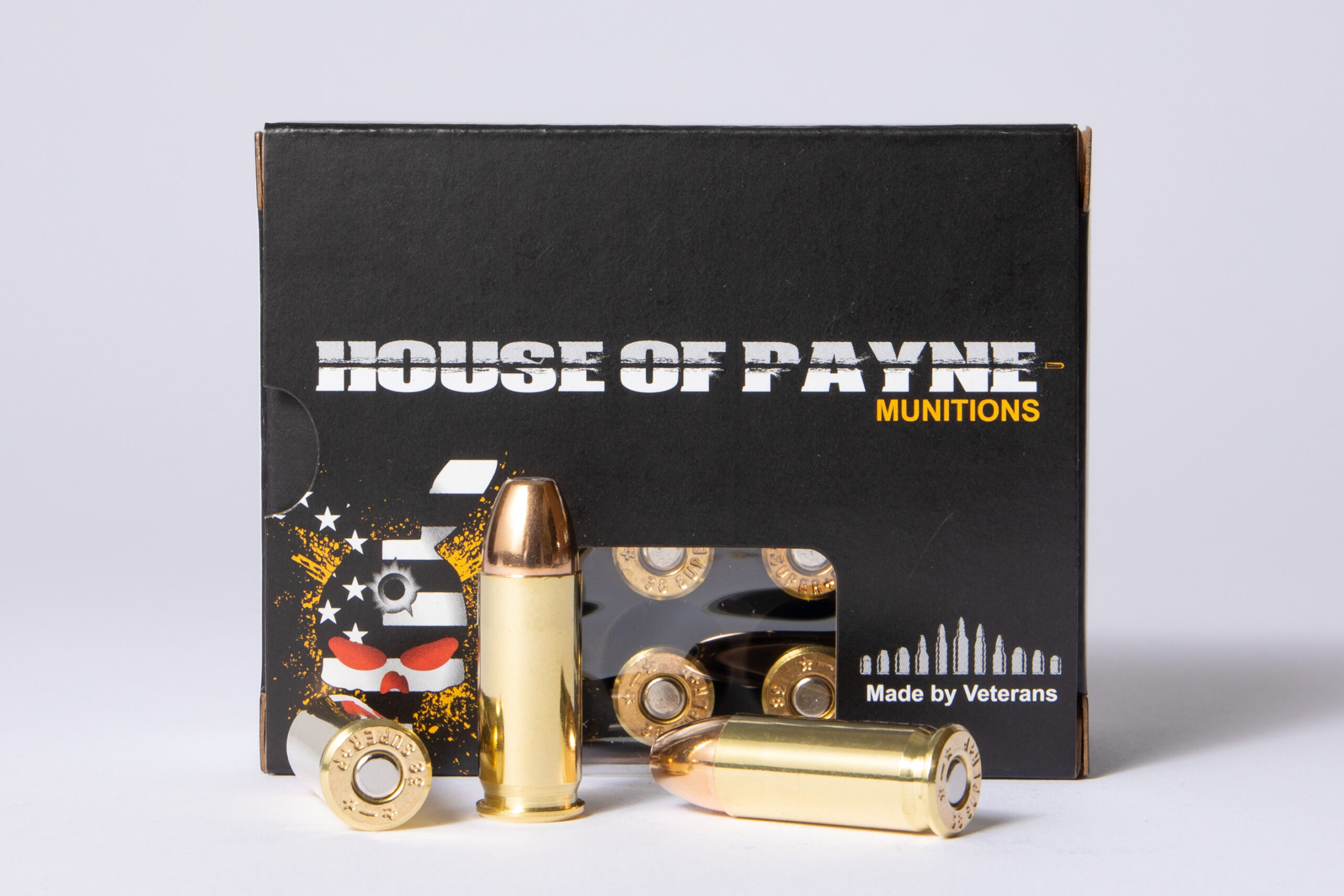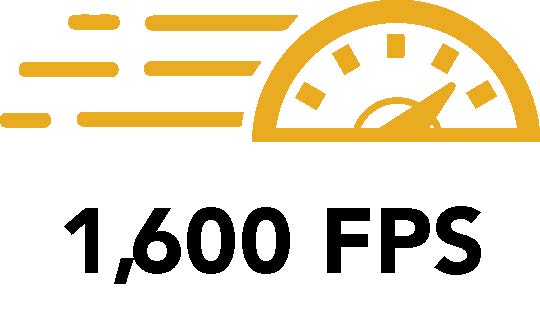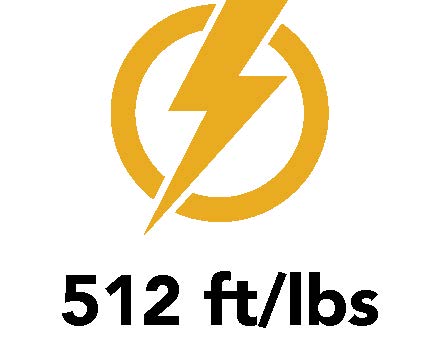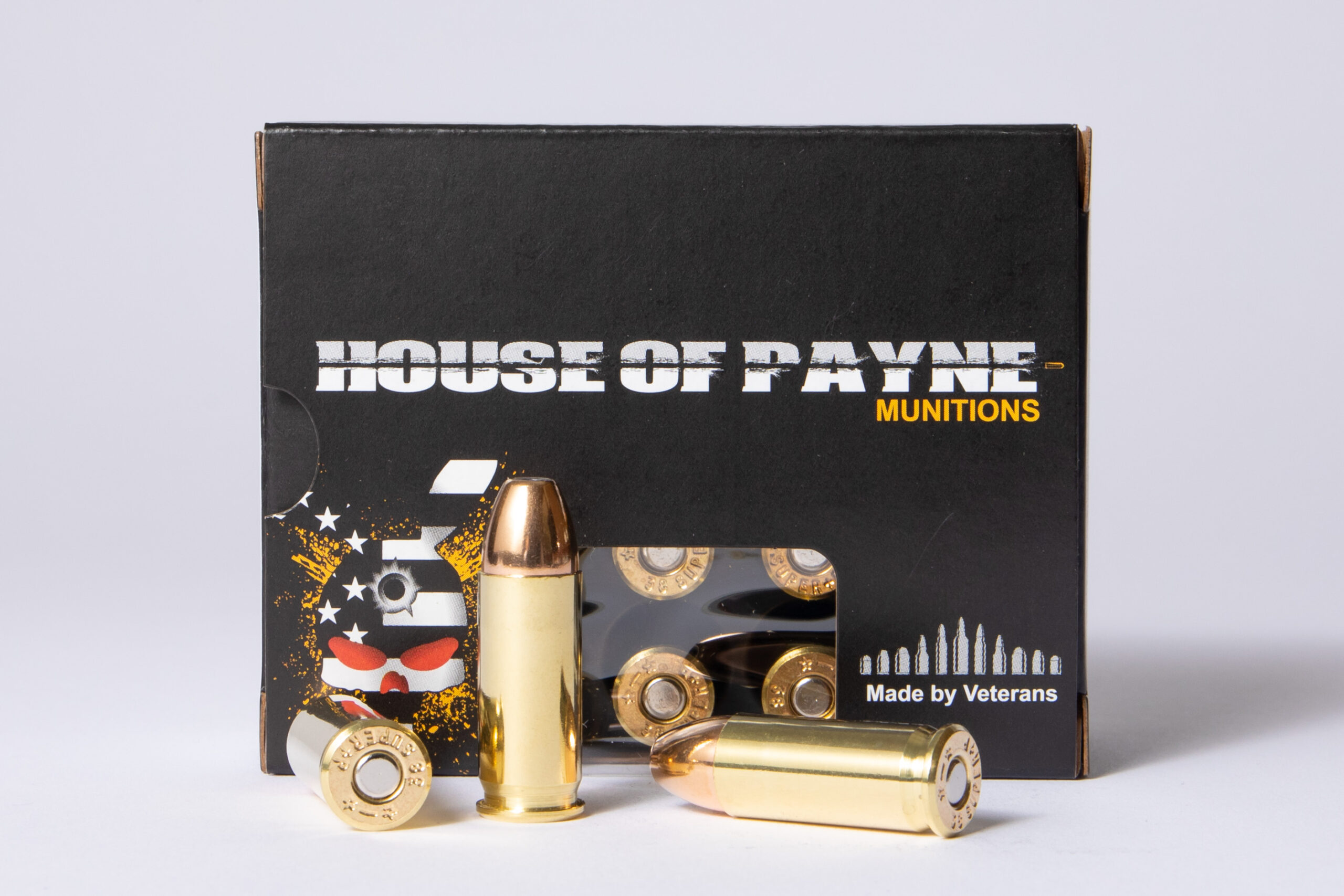HOP Blog
38 Super vs 38 Special: Ballistics, Uses & Which Is Better?
The difference between .38 Super vs .38 Special goes far beyond the numbers in their names. While both rounds share a “.38” designation, they serve different firearms and roles.
The .38 Special was purpose-built for revolvers, renowned for its mild recoil, target accuracy, and legacy in law enforcement and military service.
The .38 Super, on the other hand, was designed for semi-automatic pistols. It runs at much higher pressures than the .38 Special, delivering faster muzzle velocities and flatter trajectories. Today, the .38 Super excels in competitive shooting and self-defense, where high velocity and major power factor are highly valued.
.38 Super vs .38 Special: Origins and History
The Story of the .38 Special
First introduced by Smith & Wesson in 1898, the .38 Special was developed to replace the underpowered .38 Long Colt. Its improved performance made it a mainstay for U.S. police forces for nearly 70 years. The .38 Special was also used in World War I, World War II, the Korean War, and Vietnam—famously issued to U.S. aircrews during World War II.
One reason for the .38 Special’s enduring popularity is its versatility. Its lower pressure makes it manageable for new shooters, and its backward compatibility means it can be safely fired in stronger .357 Magnum revolvers. The introduction of +P and +P+ loadings later boosted its effectiveness for law enforcement and personal defense.
The Rise of the .38 Super
The .38 Super emerged in the late 1920s as a higher-pressure variant of the .38 ACP, specifically designed to push the performance envelope of semi-auto pistols like the M1911. Its high velocity allowed it to penetrate car doors and barriers that revolver rounds of the time couldn’t.
When the .357 Magnum hit the market in 1935, law enforcement shifted back to revolvers, but the .38 Super found new life in competition circles. Shooters loved its flat trajectory and ability to make “Major” power factor in IPSC and USPSA competition.
Innovations like Irv Stone’s re-designed chamber, which headspaced on the case mouth rather than the semi-rim, dramatically improved accuracy. Modern variants like the .38 Super Comp and .38 TJ have further refined the design for double-stack pistols, making feeding more reliable.
Ballistics: 38 Super vs 38 Special
| Specification | 38 Special | 38 Super |
| Typical Muzzle Velocity | ~800–1,000 FPS | ~1,200–1,600 FPS |
| Chamber Pressure | ~17,000 PSI | ~36,500 PSI |
| Energy | ~200–300 ft-lbs | ~400–500 ft-lbs |
| Firearm Type | Revolvers | Semi-Auto Pistols |
| Common Uses | Target shooting, self-defense | Competition, self-defense |
The ballistics tell the story: the .38 Super nearly doubles the chamber pressure of the .38 Special, delivering faster speeds and flatter trajectories—ideal for competitive shooters who need quick follow-up shots and power that qualifies for Major scoring.
Practical Uses: .38 Special vs .38 Super
Where the .38 Special Excels
- Recreational Shooting: Low recoil and easy handling make it great for beginners.
- Law Enforcement & Military: Dominated duty holsters for decades; still respected for its history.
- Home & Personal Defense: +P loads remain popular for concealed carry revolvers.
- Handloading: Straight walls and rimmed case make it a favorite for reloaders.
Where the .38 Super Shines
- Competition Shooting: The .38 Super continues to thrive because it balances power and controllability. Many competitive shooters choose it over 9mm when they need a cartridge that makes Major power factor yet offers less recoil than magnum revolvers. Modern +P loads push the .38 Super’s performance into the territory of hotter defensive rounds like the .357 SIG, but with a flatter trajectory than 9mm in many competition guns.
- Self-Defense: Delivers superior penetration and stopping power for those using semi-auto pistols.
- International Markets: Popular in regions with restrictions on 9mm and .45 ACP civilian ownership.
- Custom Loads: Highly tunable for competitive shooters who want tailored power and speed.
Why the .38 Super Is Still Relevant
The .38 Super continues to thrive because it strikes a balance between power and controllability. Competitive shooters value their high velocity and reliable cycling in double-stack 1911s and similar race guns. Modern +P loads push the cartridge’s performance into the territory of hotter defensive rounds like the .357 SIG, but with less recoil than magnum revolvers.
Final Thoughts: Choosing Between .38 Super vs .38 Special
When choosing 38 Super vs 38 Special, ask yourself: revolver or semi-auto? Classic control and nostalgic charm, or flat-shooting power with modern competition-ready speed?
If you want higher velocity, Major power factor, and competition-ready performance in a semi-auto platform, the .38 Super easily earns its place.
If you appreciate timeless revolver history, manageable recoil, and straightforward shooting, the .38 Special remains a proven option.
FAQs: 38 Super vs 38 Special
Can you shoot .38 Super in a .38 Special revolver?
No—these cartridges are not interchangeable. The .38 Super is semi-auto only.
Is the .38 Super stronger than .38 Special?
Yes—the .38 Super operates at nearly double the chamber pressure, resulting in significantly higher velocity and energy.
Why do competitive shooters prefer .38 Super?
Its high speed, flat trajectory, and ability to make Major power factor make it ideal for IPSC/USPSA matches.
